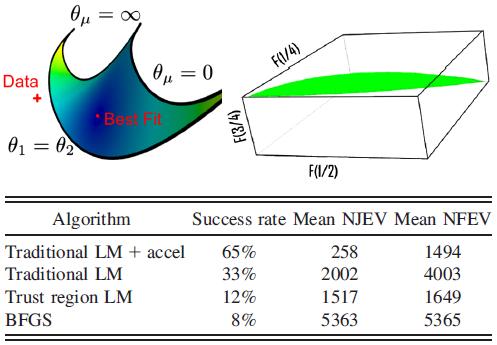Two important facts about the Gauss-Seidel method should be noted. First, the computers in (2) appear to be serial, since each component of the new iterate depends upon all previously computed components, the updates cannot be done simultaneously as in the Jacobi method.
Second, the new iterate x(k) depends upon the order in which the equations are examined. The Gauss- seidel method is sometimes called the method of successive displacements to indicate the dependence of the iterates on the order. If this ordering is changed, the components of the new iterate (and not their just their order) will also change.
The Gauss-Seidel method typically converges faster than the Jacobi method by using the most recently available approximations of the elements of the iteration
vector. The other advantage of the Gauss-Seidel algorithm is that it can be implemented using only one iteration vector, which is important for large linear
equation systems where storage of a single iteration vector alone may require 10GB or more. However, a consequence of using the most recently available solution
approximation is that the method is inherently sequential – it does not possess natural parallelism. The Gauss-Seidel method has been used for parallel solutions of
Markov.
The successive over-relaxation (SOR) method extends the Gauss-Seidel method using a relaxation factor !, analogous to the JOR method discussed above. For a good choice of !, SOR can have considerably better convergence behaviour than GS. However,
a priori computation of an optimal value for ! is not feasible.
Gauss Seidel Method




No hay comentarios:
Publicar un comentario